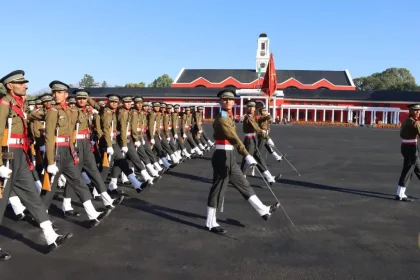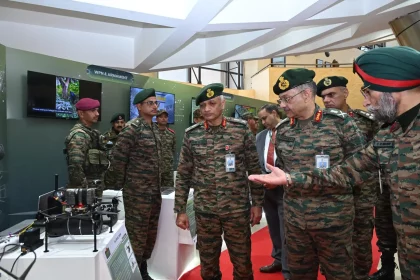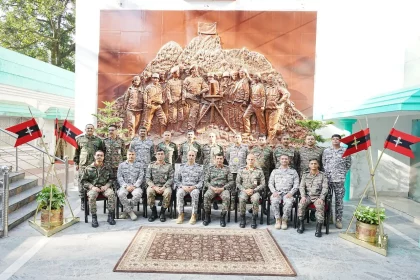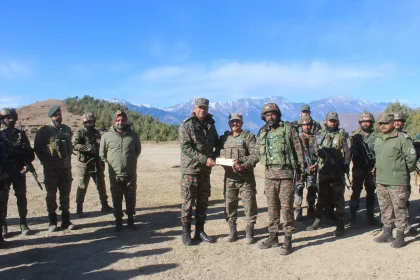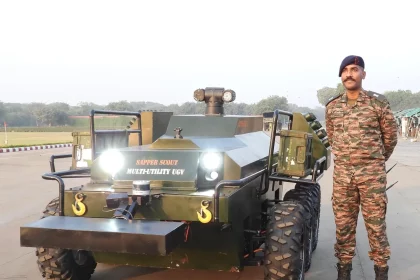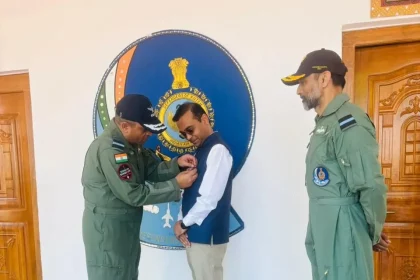Dehradun Implements Traffic Diversion Ahead of IMA Passing Out Parade from December 6 to 13
Traffic Diversions Announced in Dehradun Ahead of IMA Passing Out Parade on December 13, 2025.
Lieutenant General Pushpendra Singh Reviews Soldier-Driven Innovations at Innoयोद्धा 2025 in New Delhi
VCOAS Felicitates Top 32 Innovators Showcasing Cutting-Edge Battlefield Solutions.
Army–Air Force Conduct Bi-Annual BAJAAL Conference in Udhampur to Strengthen Joint Logistics
Key Focus on Synergy, Interoperability and Optimised Air Maintenance for Forward Areas.
Lt Gen Prasanna Kishore Mishra Reviews Anti-Terror Operations in Hinterland, Calls for Heightened Vigilance
Army Reiterates Firm Stand Against Terrorism During High-Level Field Review.
Major Rajprasad RS Develops India’s First In-House Multi-Utility UGV “Sapperscout Ver 2.0”
New Multi-Utility UGV Showcases Soldier-Led Innovation and Operational Autonomy.
Air Marshal Nagesh Kapoor Honours Kutch Collector Anand Patel for Pivotal Role in Operation Sindoor
SWAC Chief Awards Kutch Collector for Key Civil–Military Coordination in Operation Sindoor.

